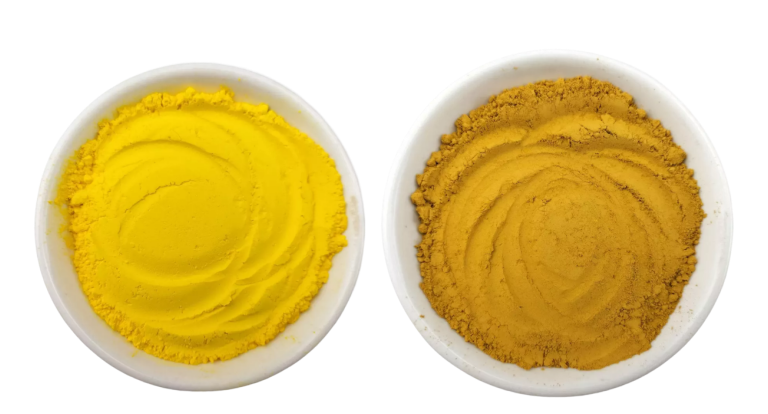
Oct . 12, 2024 19:31 Back to list
Innovative Approaches to Titanium Dioxide Production for Modern Applications and Sustainable Solutions
The Manufacture of Titanium Dioxide A Comprehensive Overview
Titanium dioxide (TiO2) is a versatile and widely used compound in various industries, primarily due to its excellent properties such as high refractive index, strong UV light absorption, and stability. It is most commonly utilized as a pigment in paints, coatings, plastics, and paper, defining the quality and durability of these products. This article will explore the manufacturing process of titanium dioxide, the raw materials used, and the applications of this essential compound.
Raw Materials for Titanium Dioxide Production
The production of titanium dioxide primarily involves the mining of titanium-bearing minerals, with the most common sources being ilmenite and rutile. Ilmenite is an iron-titanium oxide mineral, while rutile is a naturally occurring form of titanium dioxide. Both minerals undergo significant processing to extract titanium dioxide. The choice of raw material significantly impacts the cost, environmental aspects, and quality of the final product.
Manufacturing Processes
There are two prominent methods for producing titanium dioxide the sulfate process and the chloride process. Each method has its unique features, advantages, and disadvantages.
The sulfate process is one of the older methods of producing titanium dioxide. This process begins with the sulfate digestion of ilmenite ore, where the ore is reacted with sulfuric acid. This reaction yields a solution containing titanium and iron sulfates. The primary steps in the sulfate process include
- Digestion Ilmenite is mixed with concentrated sulfuric acid, causing the ilmenite to dissolve and form titanium and iron sulfates. - Purification The solution is then purified to separate impurities. - Hydrolysis Titanium sulfate is hydrolyzed to produce titanium dioxide hydrate. - Calcination The hydrated titanium dioxide is heated to remove any remaining water, resulting in the final titanium dioxide powder.
Although the sulfate process is well-established, it is less favored in modern production due to the environmental concerns associated with sulfuric acid and the presence of iron in the product, which can affect color and opacity.
titanium dioxide manufacture

2. The Chloride Process
The chloride process has gained popularity over the years due to its efficiency and the production of a higher quality titanium dioxide. Here's how it works
- Chlorination Rutile or synthetic rutile is reacted with chlorine gas in the presence of carbon, producing titanium tetrachloride (TiCl4) gas. - Purification The TiCl4 gas is distilled to achieve high purity. - Oxidation The purified TiCl4 is then oxidized in a furnace, typically using oxygen or air, to yield titanium dioxide. - Finishing The resulting titanium dioxide is then treated and coated to enhance its properties, making it suitable for specific applications.
The chloride process is known for creating a white, bright pigment with a more uniform particle size, which is ideal for high-end applications such as coatings and cosmetics.
Applications of Titanium Dioxide
Titanium dioxide boasts a wide range of applications across various industries. The most notable uses include
- Pigments As a pigment, titanium dioxide is prized for its brilliant whiteness and opacity. It is widely used in paints, coatings, and inks, giving finished products a high level of coverage and durability. - Plastics In the plastics industry, TiO2 is added to enhance opacity and UV resistance, making products more durable and visually appealing. - Cosmetics The cosmetic industry utilizes titanium dioxide for its whiteness and light-scattering properties, commonly found in products such as sunscreen, foundation, and powders. - Food Additives In some regions, titanium dioxide is used as a food colorant and opacifier. - Photocatalysis Titanium dioxide has photocatalytic properties, making it useful in environmental applications such as air purification and self-cleaning surfaces.
Conclusion
The manufacturing of titanium dioxide is a complex process that plays a crucial role in many facets of modern life. With the world increasingly focusing on sustainability and environmental responsibility, advancements in production methods and recycling processes are essential for the future of titanium dioxide manufacturing. As industries continue to evolve, the demand for high-quality titanium dioxide will undoubtedly remain strong. Understanding its production, properties, and applications is key to harnessing its full potential in various innovative applications.
-
Premium 6618 Titanium Dioxide for GPT-4 Turbo Applications
NewsJul.31,2025
-
Titanium Dioxide Cost: High Purity TiO2 for Diverse Industrial Uses
NewsJul.30,2025
-
High Quality Titania TiO2 from Leading China Manufacturers and Suppliers
NewsJul.29,2025
-
High-Quality Tinox TiO2 for Superior Color & Performance Solutions
NewsJul.29,2025
-
High Quality Titania TiO2 from Leading China Supplier & Manufacturer
NewsJul.29,2025
-
High-Performance r6618 TiO2 for Superior Whitening and Versatility
NewsJul.28,2025
